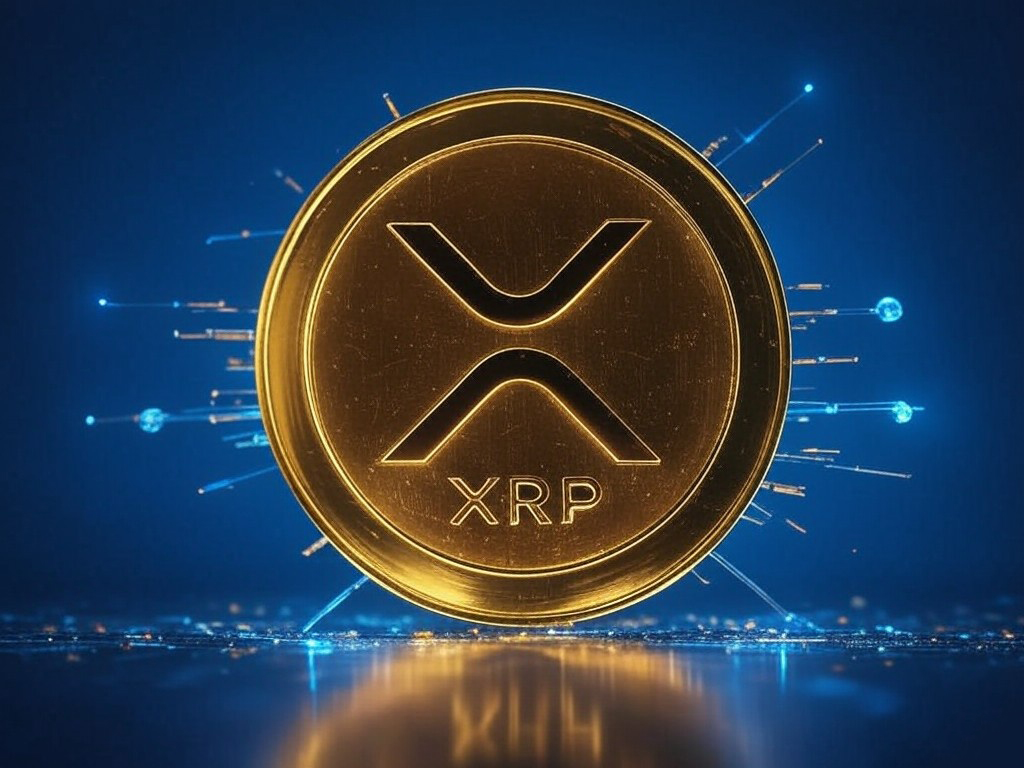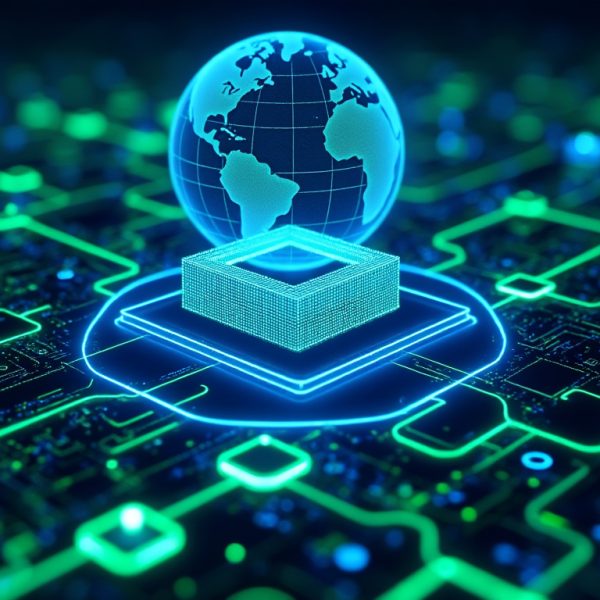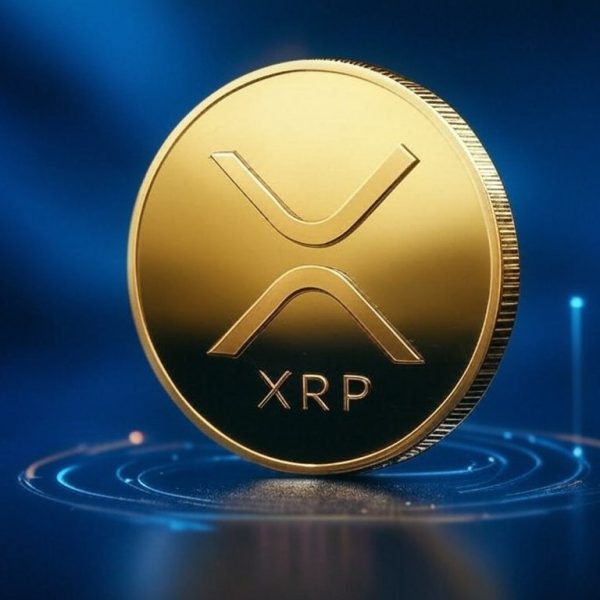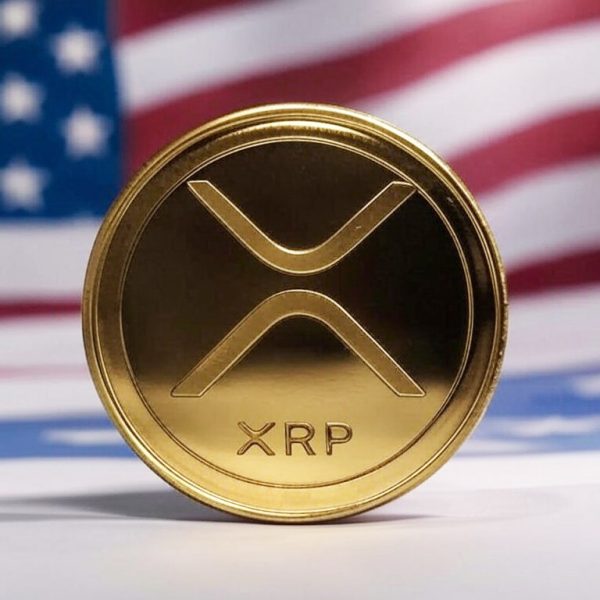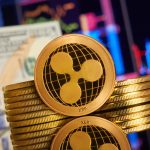In the crypto world, “altcoin” is a term used for any digital currency other than Bitcoin. However, labeling XRP as an altcoin oversimplifies its true value and unique attributes. Unlike Bitcoin, which lacks any real-world utility, XRP stands out with its solid use case and widespread adoption by major financial institutions. Far from just another token, XRP is a cornerstone of digital financial infrastructure. In this article, we discuss why calling XRP an altcoin is pure blasphemy.
XRP’s Primary Utility Defies the Altcoin Label
Most altcoins exist as speculative assets, memes, or experiments. XRP, on the other hand, was purpose-built to solve a real-world problem: enabling instant cross-border payments and providing liquidity for financial institutions.
Ripple’s payment solution leverages XRP to eliminate pre-funding in international transactions. This tangible, real-world utility is a rare attribute in the cryptocurrency space, distinguishing XRP from altcoins that often lack practical applications.
Institutional Adoption Elevates XRP Beyond Altcoins
XRP’s adoption by hundreds of financial institutions worldwide solidifies its role as a cornerstone of the evolving global financial system. RippleNet, which integrates XRP for liquidity management, is used by major banks and payment providers.
Compare this to altcoins, which typically struggle to gain institutional trust or establish use cases outside speculative trading. XRP’s integration into financial ecosystems positions it as a vital bridge between traditional finance and blockchain technology.
XRP is Built for a Global Financial Role
While many altcoins are focused on niche applications or speculative value, XRP has been positioned as a bridge currency in global finance. Its speed, scalability, and cost-effectiveness make it an ideal candidate for facilitating international transactions and potentially replacing outdated systems like SWIFT.
The XRP Ledger’s superior technology allows it to settle 1,500 transactions per second, far surpassing the capabilities of Bitcoin and Ethereum, further justifying why XRP should not be seen as just another altcoin.
Regulatory Scrutiny Strengthens XRP’s Unique Status
The legal battle between Ripple and the SEC has thrust XRP into the spotlight. While many altcoins operate under ambiguous regulatory conditions, XRP’s journey toward clarity has solidified its standing as a legitimate asset. XRP is the only digital asset with legal clarity that it’s not a security.
This scrutiny has helped differentiate XRP, ensuring it is viewed as more than just an altcoin. The recent regulatory achievement of RLUSD which operates on the XRPL will further bolster XRP’s adoption across financial systems.
XRP Deserves Its Own Category
Labeling XRP as an altcoin undermines its significance and potential. Unlike typical altcoins, XRP boasts unparalleled utility, institutional adoption, and a vision for worldfinancial transformation. It’s not an altcoin, it’s a foundational digital asset in the global financial economy. So, the next time someone calls XRP an altcoin, set the record straight: XRP is in a class of its own.
